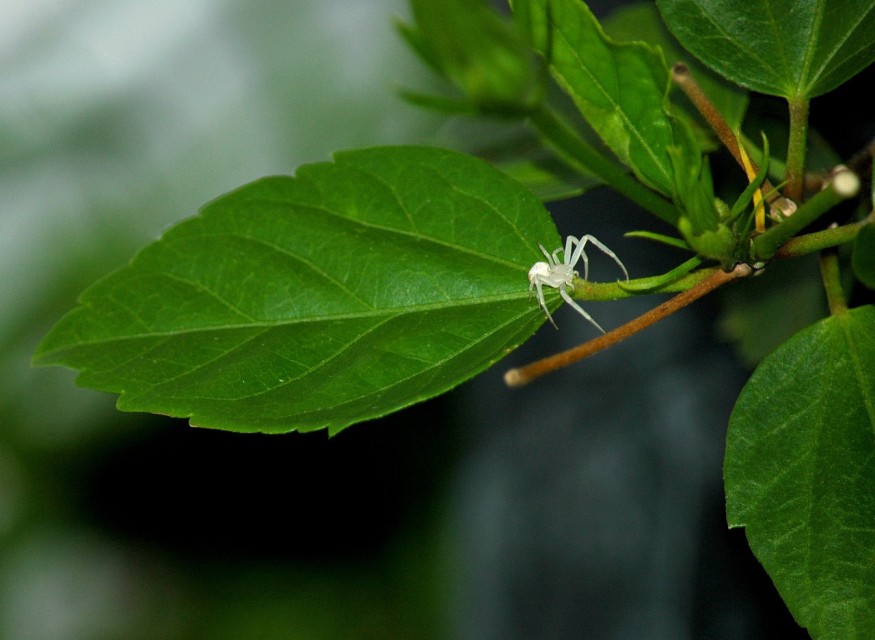Bugs occasionally find their way into people's ears, causing discomfort and sometimes even leading to medical attention. In a recent case reported by the New England Journal of Medicine, a woman had a real-life Halloween fright when a tiny spider decided to take up residence in her ear canal, creating a chilling experience for her.

A Spider in the Ear
According to the clinical report, a 64-year-old woman from Tainan City, Taiwan sought medical attention from an otolaryngology (ENT) clinic due to persistent disturbances in her left ear over four days. She described the initial sensation as being awakened by the presence of a small creature inside her ear canal, which was followed by days of clicking, beating, and rustling sounds.
Upon examination, doctors swiftly identified the tiny spider as the source of the discomfort, which had taken refuge in the woman's ear canal. During its four-day stay, the spider molted, leaving its discarded exoskeleton in the ear canal.
A video recording of the arachnid in the ear showed its agile movements just in front of the eardrum, and it curiously inspected the medical probe as it approached, offering a close-up view of its eyes.
Although the medical report did not specify the spider's exact species, experts recognized it as a member of the jumping spider family, Salticidae, based on the distinct arrangement and size ratio of its eyes.
Jumping spiders are known for their excellent vision and agility, making them highly mobile. The images provided were not sufficient to identify the spider further to a genus or species level, and the experts speculated that it might be a juvenile spider, considering its small size and the fact that it had molted.
Fortunately, the spider's presence did not result in damage to the woman's eardrum. Medical professionals successfully removed the spider and its exoskeleton, leading to an immediate improvement in the woman's symptoms.
The experts emphasized that, like most spiders, jumping spiders are not harmful or toxic to humans and often seek shelter for molting to protect themselves from predators during this process.
When Insects Unintentionally Enter the Ear
While relatively rare, insects can enter the ear, requiring potential medical assistance for removal. Bugs can find their way into the ear while a person is asleep or outdoors.
In some cases, the bug remains alive within the ear, causing discomfort, pain, and unusual sensations due to irritation of cranial nerves in the external ear and the eardrum. Symptoms may include ear fullness, swelling, bleeding, pus discharge, and even hearing loss. It's essential to stay calm during the removal process to prevent further complications.
To safely remove the ear bug, tilt the head to the affected side and gently shake it to dislodge the insect without striking the ear, which can exacerbate the issue. If the bug is alive, you can use a small amount of vegetable oil to suffocate it, while for a dead bug, attempt to flush it out with warm water.
It is essential to refrain from inserting tweezers, cotton-tipped swabs, or any objects into the ear, as this can push the bug further toward the eardrum, potentially causing injuries and hearing loss. For children with a history of ear problems, it is advisable to seek professional medical assistance for bug removal instead of attempting it at home.
RELATED ARTICLE: Can Spiders Fly? Learn Important Facts About These Wingless Insects
Check out more news and information on Spiders in Science Times.
© 2025 ScienceTimes.com All rights reserved. Do not reproduce without permission. The window to the world of Science Times.











